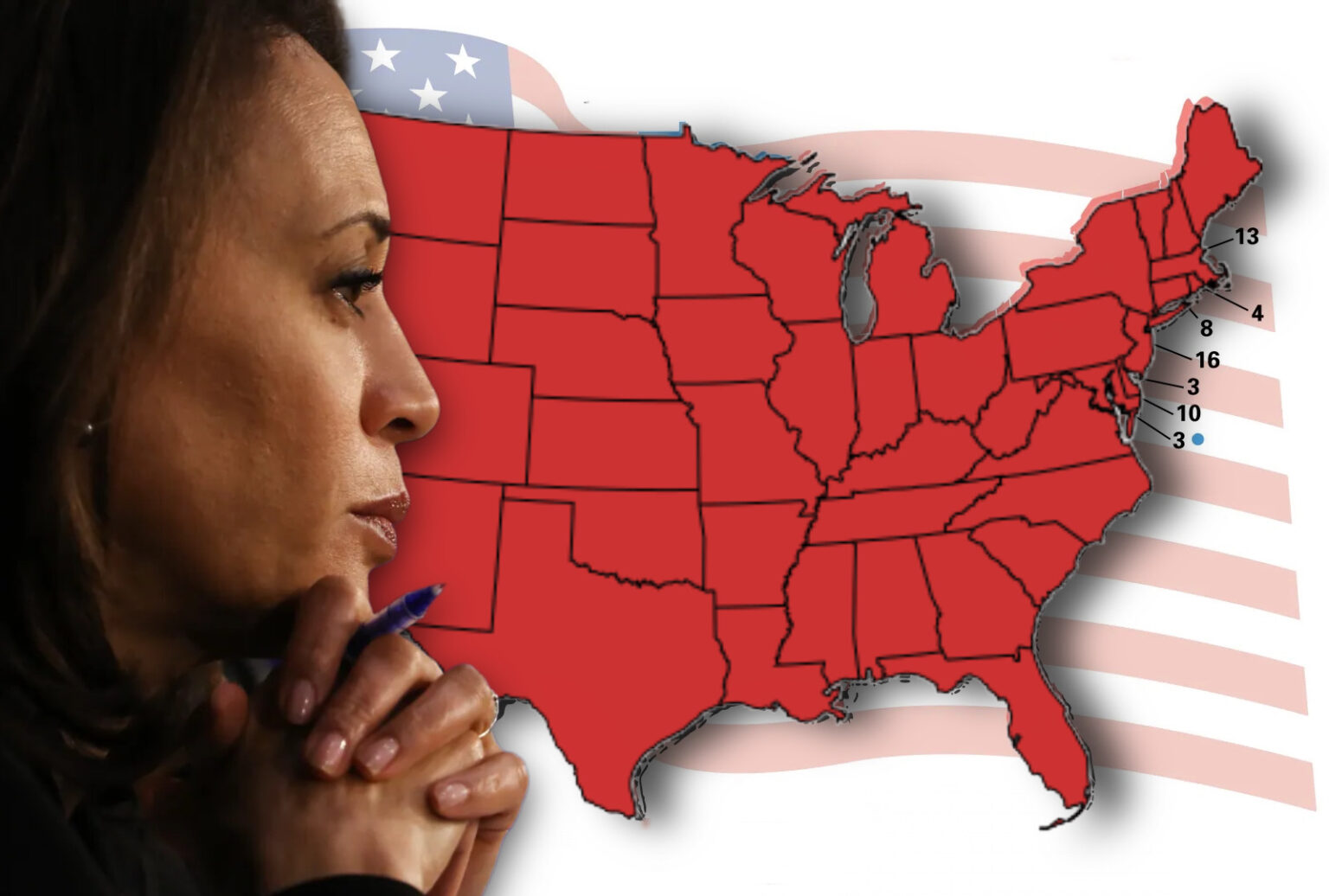As the countdown to the presidential election intensifies, Kamala Harris finds herself under immense pressure, especially as recent data from Pennsylvania indicates a substantial lead for President Trump and the Republican Party. Observers like Elon Musk have highlighted that Republican early voting in Pennsylvania has outpaced Democrat ballots, revealing a shift in voter participation compared to the 2020 election. Current statistics suggest Trump is performing over 500,000 votes better than he did at this same point in the last election cycle, a significant factor given that Joe Biden’s victory margin in Pennsylvania in 2020 was only 80,000 votes.
The numbers portray a worrying landscape for Harris, who must now strategize effectively to secure a win in a state critical to Democratic hopes in 2024. An alarming juxtaposition has emerged, with reports showing that Republican early votes exceed those of the Democrats, which points to a potential Republican dominance in key areas. Repeated statements from Musk emphasize the potential for a major Republican victory in Pennsylvania, further increasing the stakes for the Democratic campaign and Harris’s efforts on the ground.
To overcome Trump’s lead, Harris will need a historic turnout from Philadelphia on Election Day. Prominent figures, such as former Philadelphia Mayor Michael Nutter, have stressed the necessity for Harris to achieve an astounding 600,000 ballot margin in the city to counterbalance Trump’s support in other regions of Pennsylvania. Nutter’s insights draw parallels to Barack Obama’s successful campaign in 2008, underscoring the importance of an energized voter base in urban areas to aid her electoral aspirations.
Looking back at the 2020 election results in Philadelphia, Biden won the city with a margin of 470,000 votes after a prolonged counting process. For Harris to keep pace, she will have to exceed Biden’s performance by securing an additional 130,000 votes. This feat represents a complex challenge, especially given the heightened competition and the need for a grassroots mobilization that mirrors the enthusiasm seen during former President Obama’s campaign.
As Harris shores up her campaign efforts, the contrast in voter sentiment plays out with individuals like Musk actively engaging with and endorsing Republican candidates, showcasing a divided electorate that may favor conservative initiatives in Pennsylvania. The opposition’s growing momentum has prompted urgent calls for significant action from Harris’s team as Election Day approaches, raising questions about voter engagement and strategic outreach among Democrats in key demographics.
As of now, the urgency in Harris’s campaign is palpable; he gathered minimal visible support energy through rallies. In contrast, prominent figures like Musk mobilize Republican support leading into the final stretch of campaigning. Each side is racing against time to galvanize voters, with outcomes in Pennsylvania expected to have a lasting impact on the overall election dynamics. This turning point underscores the critical role of voter turnout, strategies, and messaging as campaigns prepare for a fiercely contested election.

